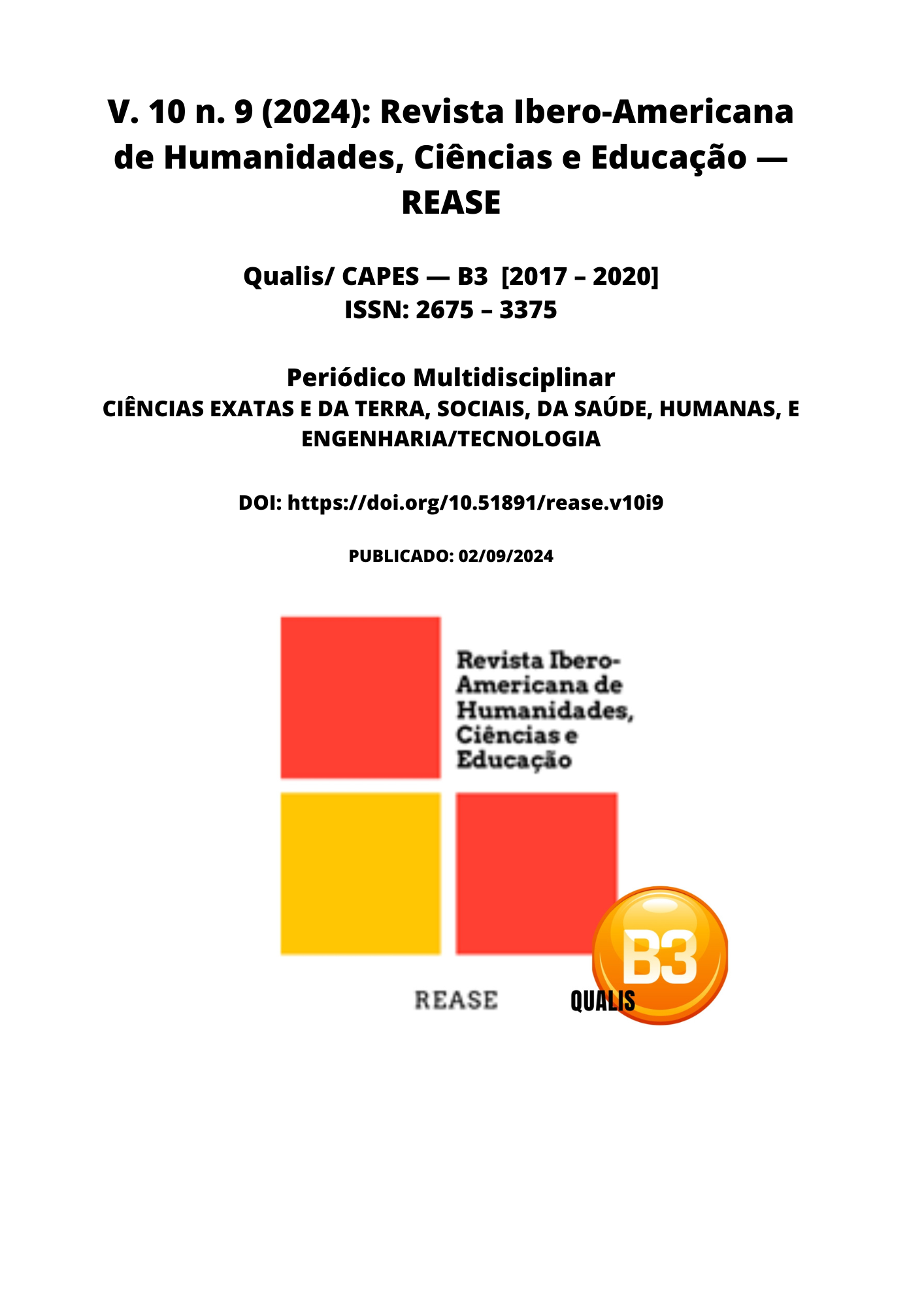SURGICAL COMPLICATIONS OF SAPHENECTOMY IN OBESE WOMEN
DOI:
https://doi.org/10.51891/rease.v10i9.15577Keywords:
Safenectomy. Obesity. Surgical complications. Women. Vascular procedure.Abstract
Introduction: Saphenectomy, a common procedure for treating varicose veins and chronic venous diseases, is complicated in obese women due to factors related to increased adipose tissue and possible associated comorbidities. Obesity, often associated with an increased risk of surgical complications, can adversely impact recovery and postoperative outcomes, leading to a higher risk of infections, thrombosis, and impaired healing. These risks are exacerbated by changes in anatomy and increased load on vascular structures during the procedure. Objective: To examine surgical complications specific to saphenectomy in obese women, identifying the main risk factors and strategies to mitigate these risks. Methodology: The methodology followed the PRISMA checklist to ensure transparency and rigor in the review. The PubMed, Scielo, and Web of Science databases were consulted. The descriptors used were: "saphenectomy", "obesity", "surgical complications", "women", and "vascular procedure". Inclusion criteria were: studies focused on obese women undergoing saphenectomy, articles published in the last 10 years, and studies that presented quantitative data on complications. Exclusion criteria were: articles that did not directly discuss surgical complications, studies with samples smaller than 20 patients, and studies that did not offer a comparative analysis. Results: The results showed that obese women had a significant increase in the incidence of postoperative complications, including surgical site infections, deep vein thrombosis, and difficulties in healing. Excess adipose tissue was associated with greater technical difficulty during the procedure and an increased risk of thromboembolic complications. Management strategies, such as the implementation of prophylactic measures and the personalization of the surgical plan, proved effective in reducing these risks. Conclusion: Saphenectomy in obese women requires a careful approach due to the increase in associated complications. Evidence indicates that, despite the high risks, the adoption of adapted surgical practices and the implementation of specialized postoperative care can minimize complications and improve overall results. The review reinforces the importance of preventive strategies and detailed surgical planning to optimize the safety and efficacy of the procedure.
Downloads
Downloads
Published
How to Cite
Issue
Section
Categories
License
Atribuição CC BY

